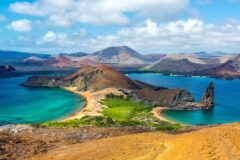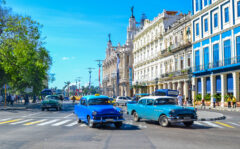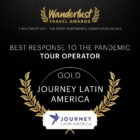Where to have an Africa-style safari in Latin America

With a famously diverse array of fauna and more land covered by open plains and savannah than many people realise, Latin America offers many safari-style holidays not dissimilar to those in Africa. The feeling of waking up in a khaki tent to the rising sun and a scrumptious breakfast, full of anticipation of what iconic animals the day’s jeep, boat or walking safari will turn up - it can all be had in South America too. Read on to find out about the best places to go.
The Brazilian Pantanal
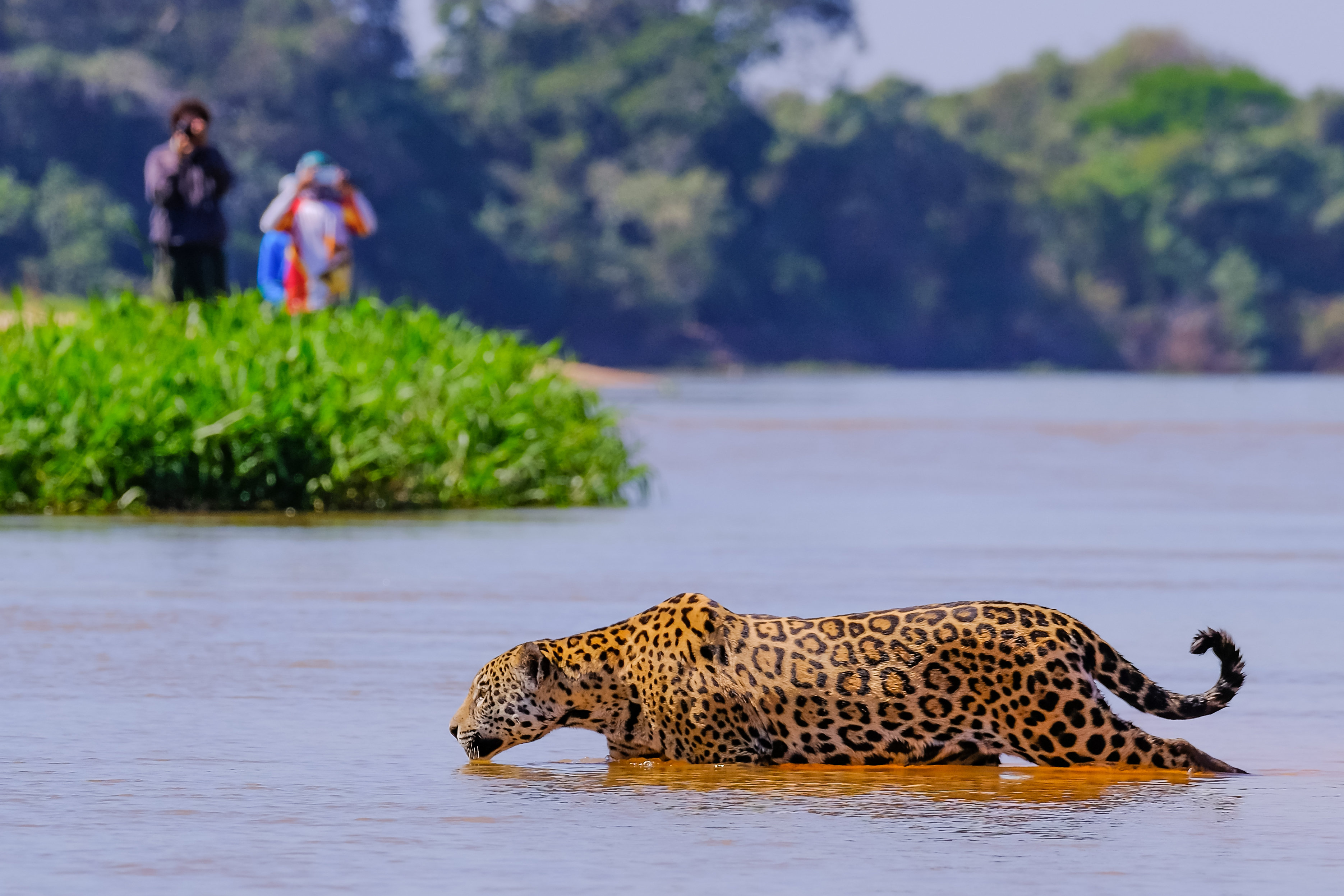
The Pantanal is South America’s answer to the Okavango Delta, and what an answer it is at 15 times the size. Ranch stays and guesthouses known as pousadas were the first to open up this wild land, and they continue to delight intrepid visitors with their owners’ warmth and knowledge of the wildlife. Luxury lodges also sprang up as the area became more popular, though such is the vastness of the Pantanal that getting away from crowds of people is never difficult – you're much more likely to encounter crowds of caiman, capybara and birds.
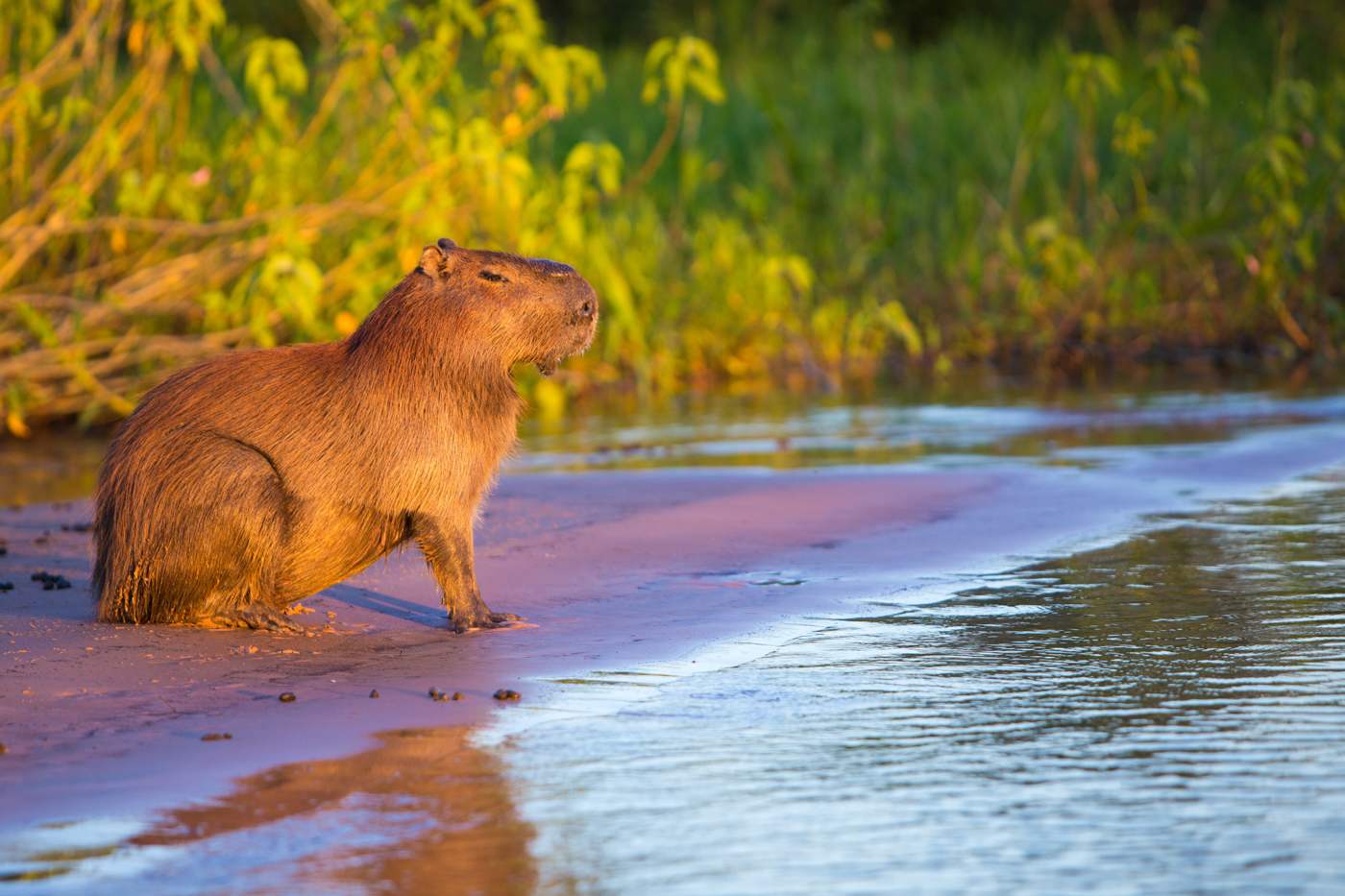
The Pantanal is the kind of place where you take a mix of guided excursions and spot one animal after another: black howler monkeys in the branches, green iguanas by the river, toucans and macaws swooping through the trees and ostrich-like rhea pecking their way through the fields. This is also the best place in the world to see jaguars, and the chances of spotting giant anteaters and tapirs are also fairly high.
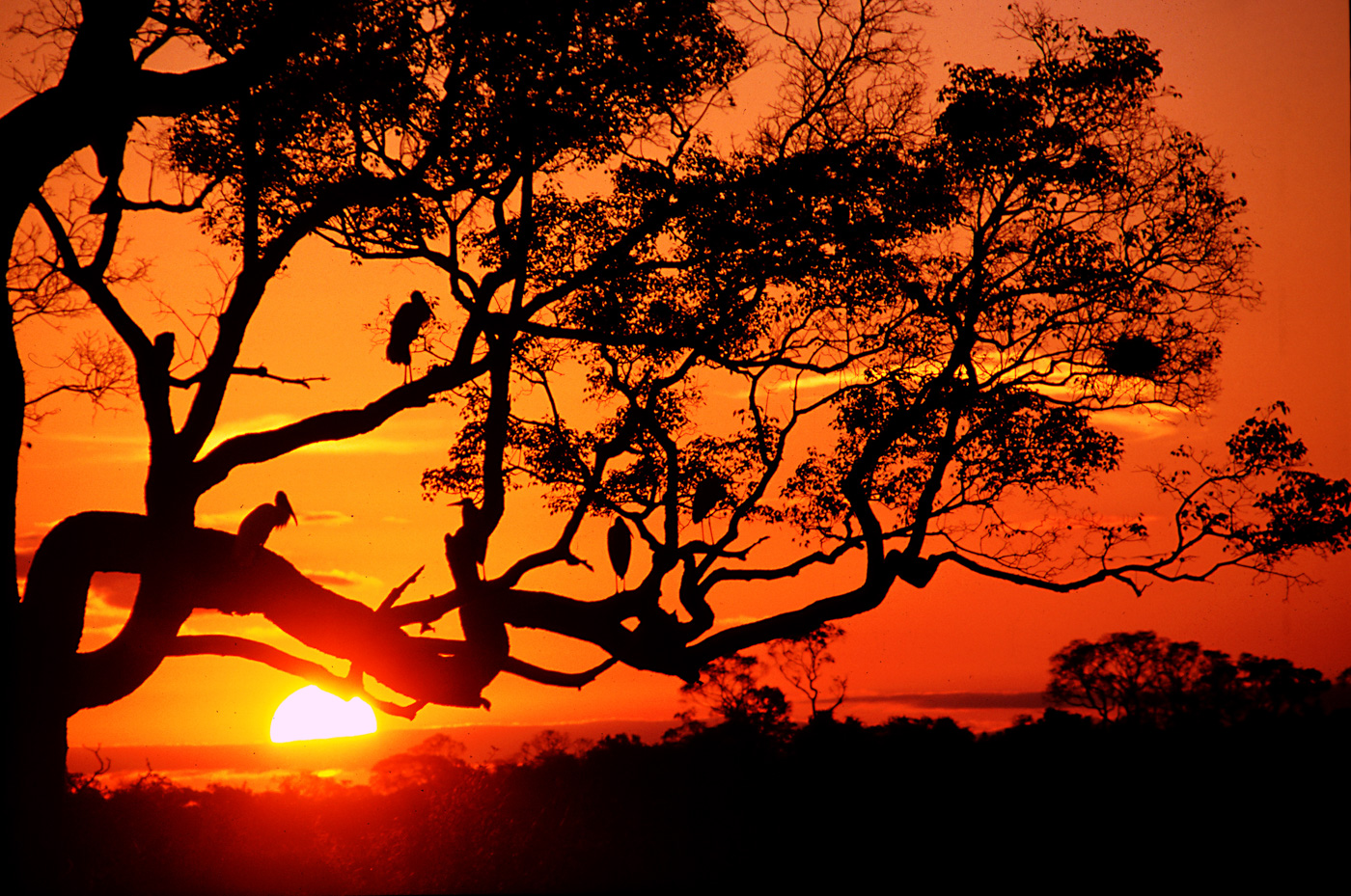
Recommended accommodation:
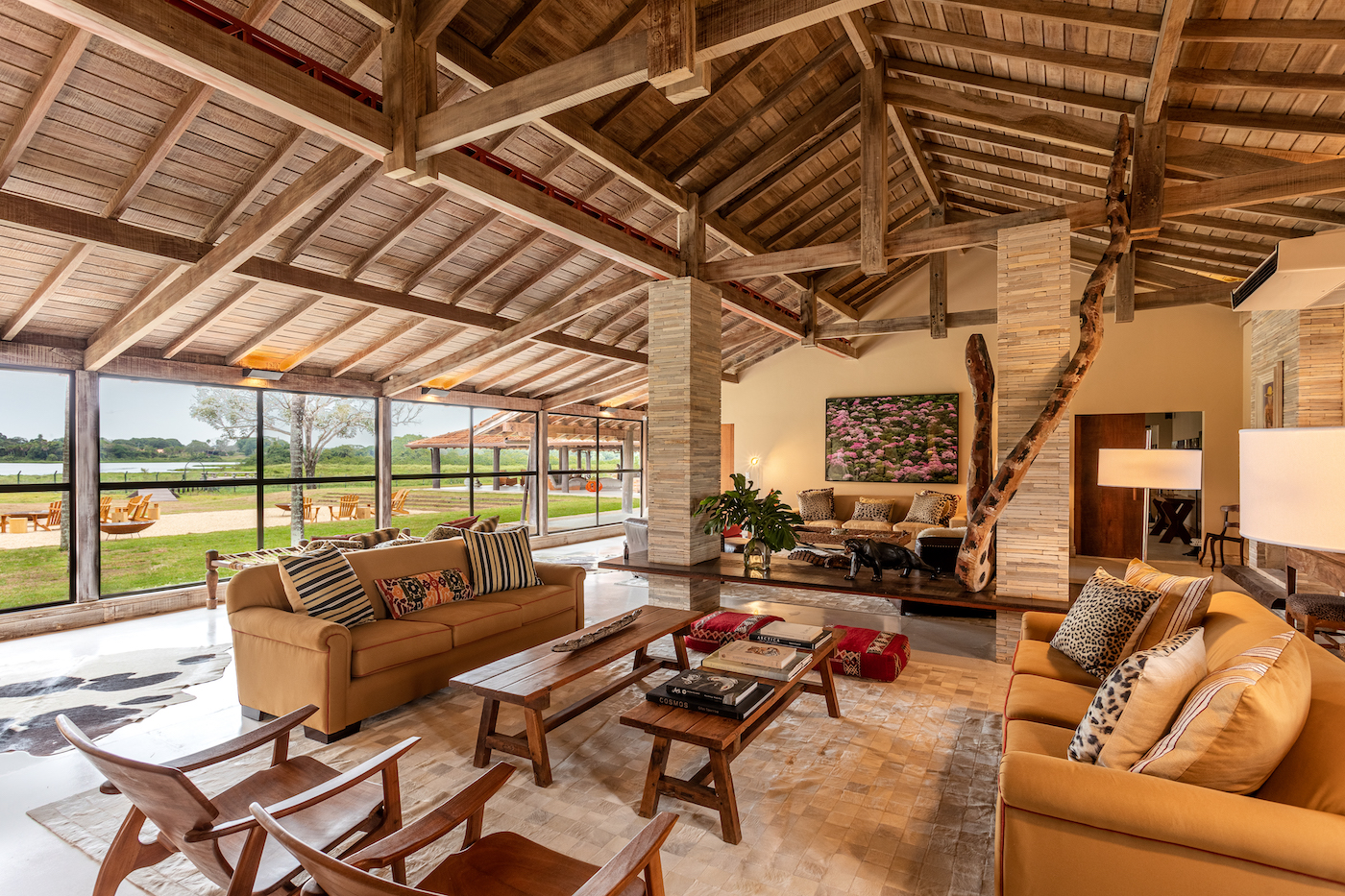
Offering a five-star experience in every aspect, Caiman Lodge has been one of the finest places to stay in the Pantanal for many years. Everything is done to perfection: the service is impeccable, the suites are air conditioned and spacious, there’s no shortage of opportunities for a bit of R&R (choose from verandas, a pool and a patio with firepits) and activities are led by expert guides, some of whom also work for the lodge’s conservation projects.
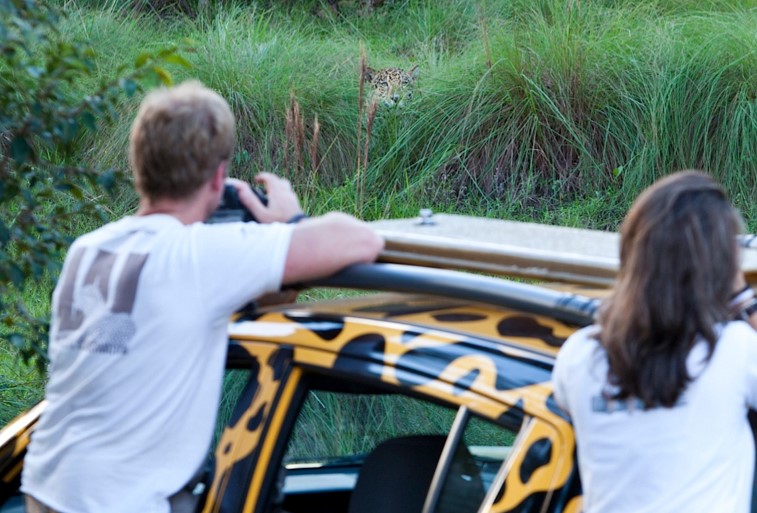
Active in Caiman’s private reserve are two such projects that guests can join in: the Hyacinth Macaw Institute, whose researchers observe and monitor this species’ nests, and Onçafari, a project dedicated to protecting and researching the area’s jaguars. Thanks to their expertise, a whopping 98% of jaguar spotters who stay at Caiman come back successful.
The Savannahs
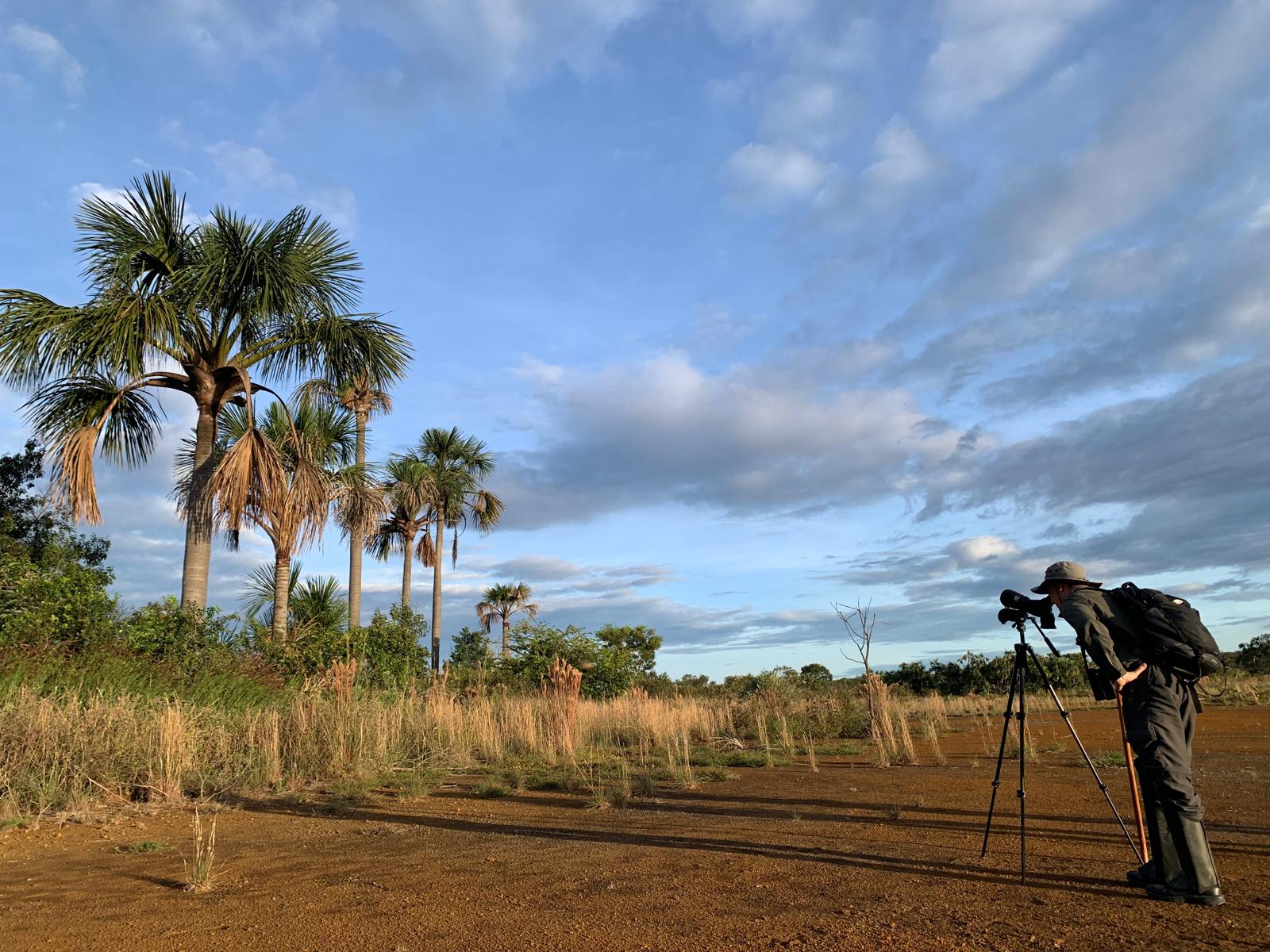
The dry grasslands of Latin America are little-known, let alone visited, so a visit here is a deep dive beneath the surface of the continents’ wildlife tapestry. Amazonian savannahs are a curious habitat, made up of one vast expanse in central Brazil known as the cerrado and smaller island-like fragments surrounded by the rainforest up in the Guianas. It’s not altogether clear how they formed, though it is believed that fires from lightning strikes and the first indigenous peoples were the main cause.
One of the best places to experience the cerrado is isolated Pousada Trijunção. This luxury lodge is one that embraces sustainability to its core, from its construction with recycled materials to hosting a local conservation program. Crafts from local artisans adorn the rooms and halls, and an abundance of parakeets and hummingbirds on the property mean you can practically go birdwatching from the swimming pool – although there is also a ten-metre high observation tower for better views.
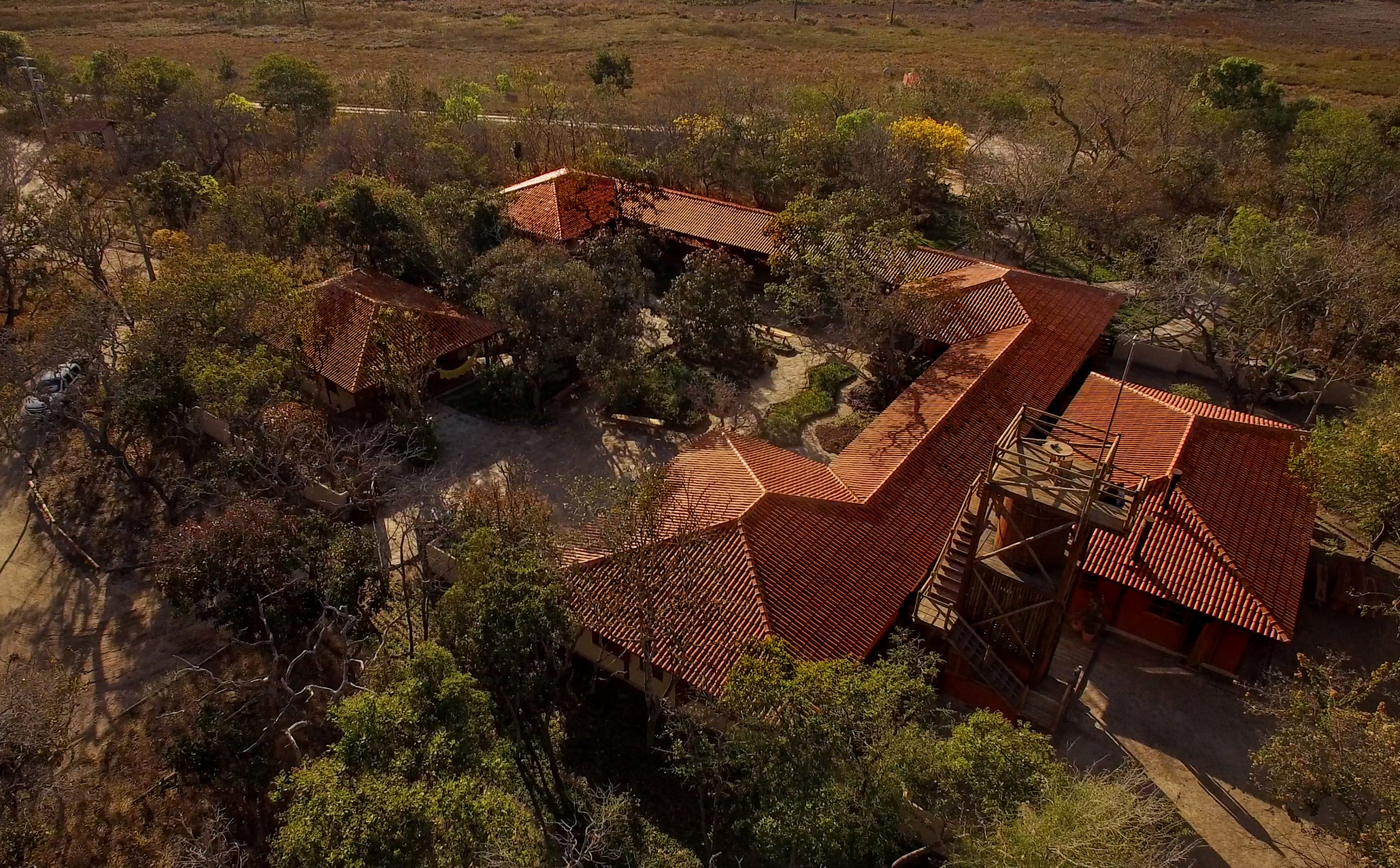
When you head out on the jeeps you’ll be accompanied by researchers from a conservation program, an offshoot of the Oncafari jaguar project in the Pantanal, dedicated to the maned wolf. Maned wolves are unusual creatures, with legs like an antelope, a mane like a wildebeest and urine with a distinctive smell – this last piece of trivia once led to police searching a zoo in the Netherlands. These ginger canines are quite hard to spot in the wild but many on Pousada Trijunção’s land have been fitted with radio collars, allowing researchers and guests alike to find them more easily.
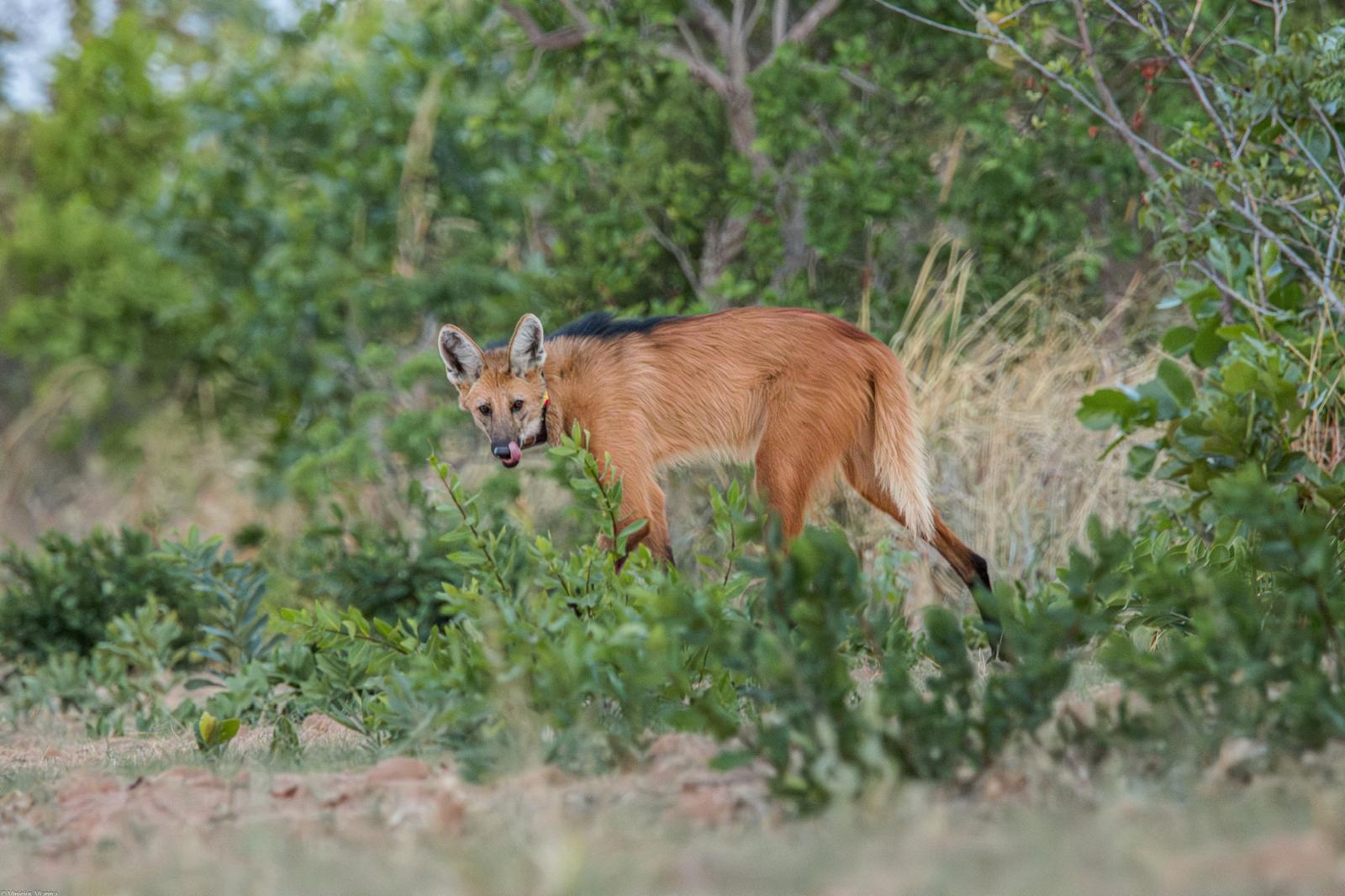
The Galápagos Islands
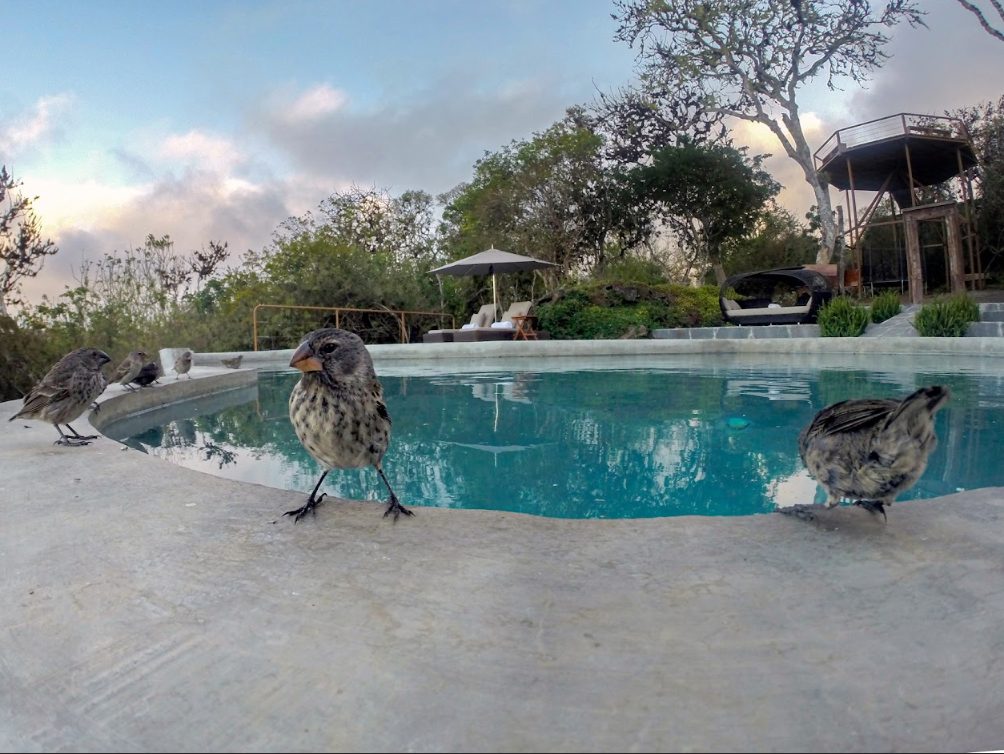
Courtesy of Galapagos Safari Camp
The Galápagos Islands’ very name evokes images of Charles Darwin having the time of his scientific life as he studied his famous finches and tortoises, and these islands have continued to be a haven for unique wildlife since opening up to tourism. In the islands’ interiors, a handful of enterprising places now offer safari-style tents with cosy beds, the perfect add-on or even alternative to a cruise around the archipelago.
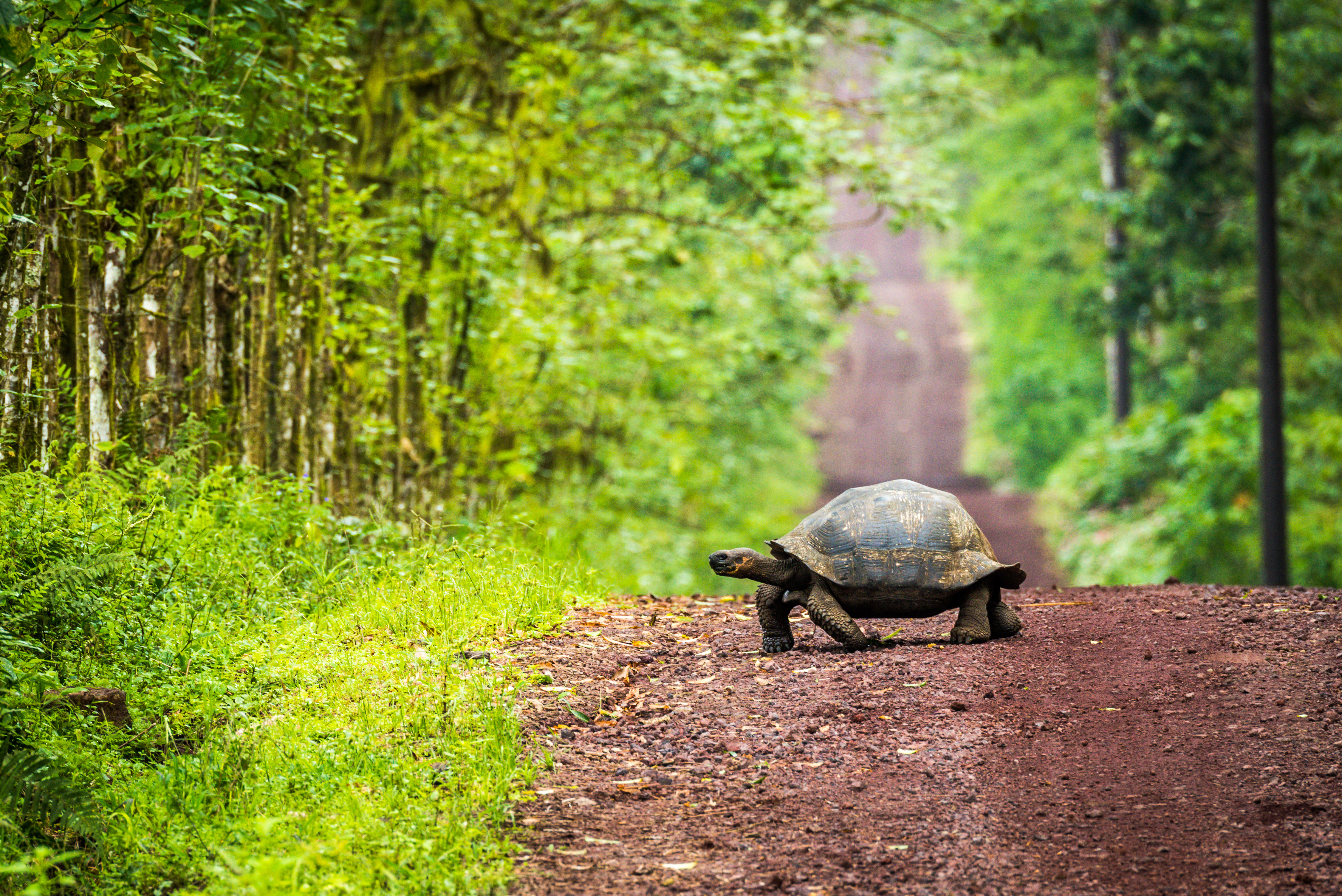
Recommended accommodation:
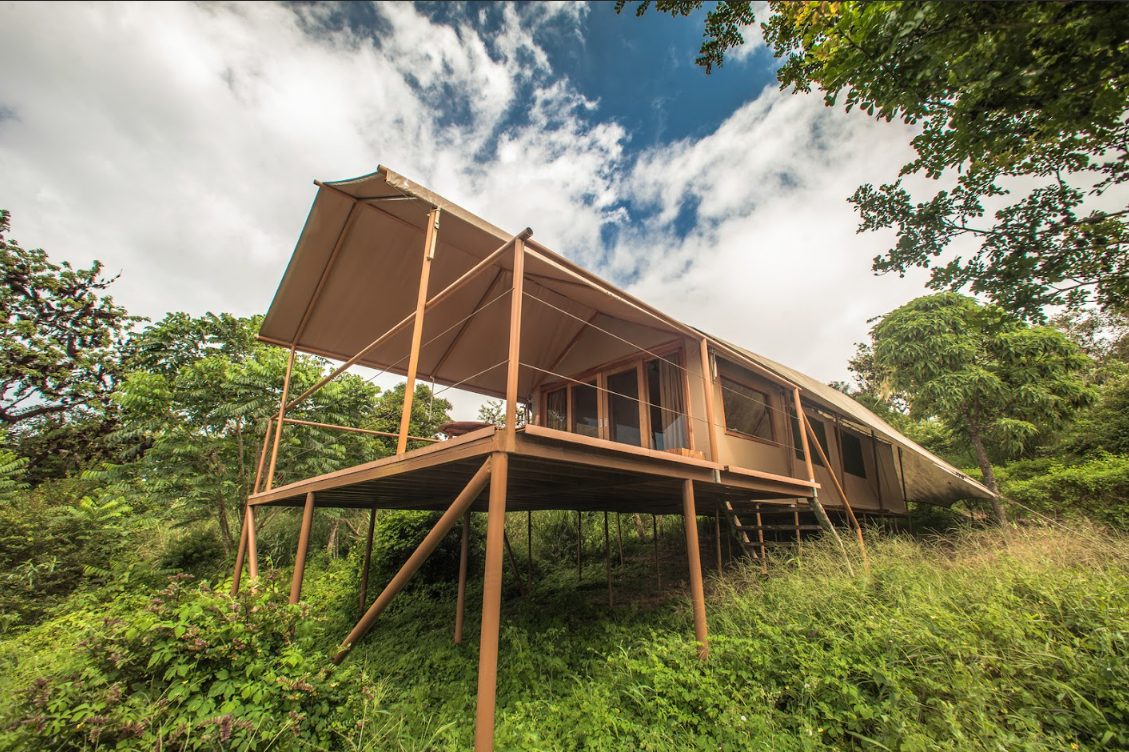
“Based on luxury African safari camps, Galápagos Safari camp is unique to say the least! Each ‘tent’ has a balcony where you can sit and relax but my highlight was watching the sunset from the main lodge over the western highlands of Santa Cruz. This is a place to wind down after a busy Galápagos cruise – first class food, a good book and a beer.”
-Sophie
Torres del Paine
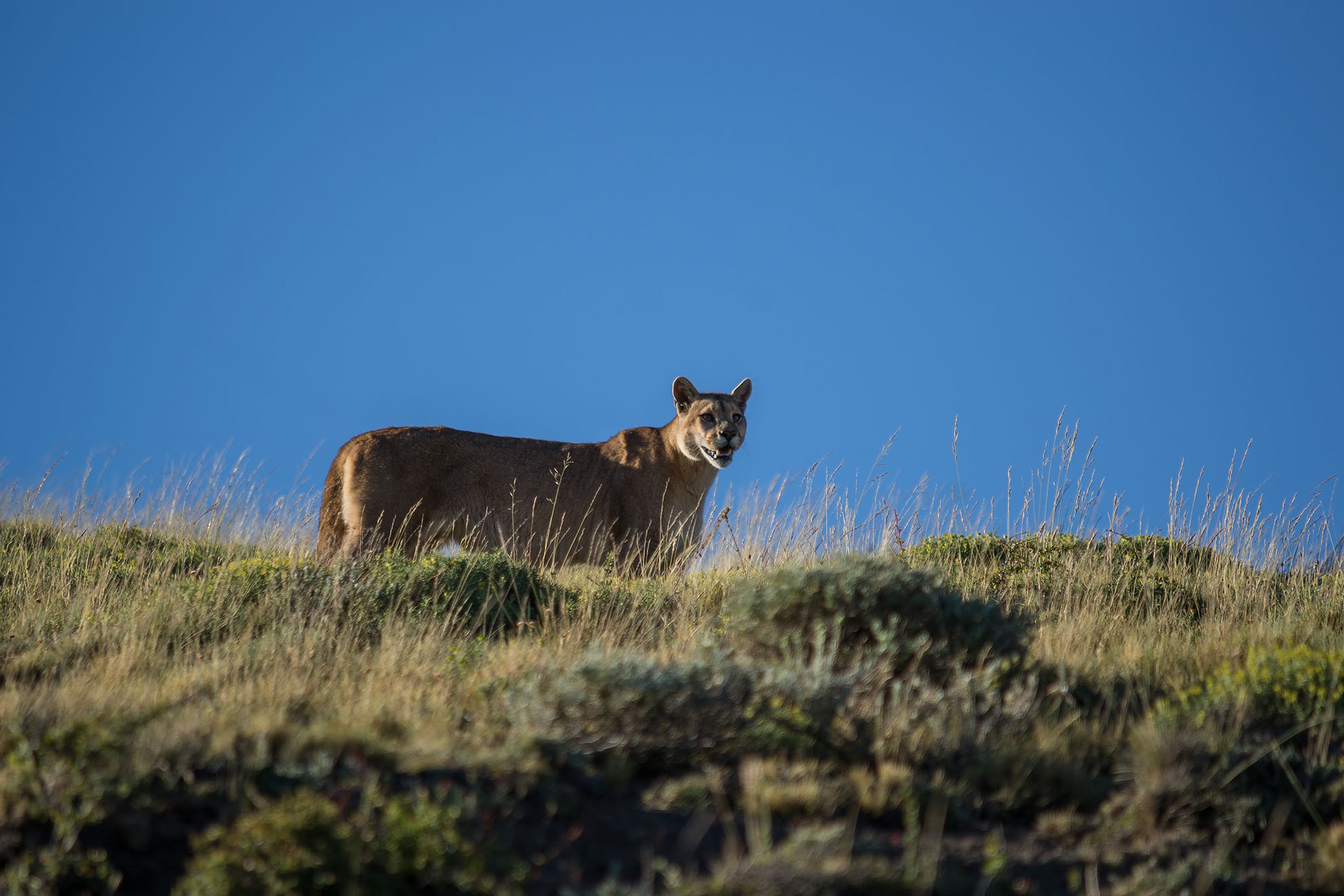
In the gentle hills east of Torres del Paine's famous granite towers roams the puma, the lion of the Andes. Making their dens in the boulders strewn over the hillcrests, this area supports the world’s highest density of these big cats – in part thanks to ecotourism but also to the abundance of guanaco, their favoured prey. Specialised walking safaris are the best way to spot and photograph them, with some tours boasting a 95% success rate. It’s not altogether uncommon to find “prides”, or rather mothers with fully grown cubs. Pumas have never attacked humans in this area and guides are clued up on watching them in safety. Nevertheless, the exhilaration of setting foot in a puma’s territoriy and coming face to face with these amazing animals will certainly raise your pulse.
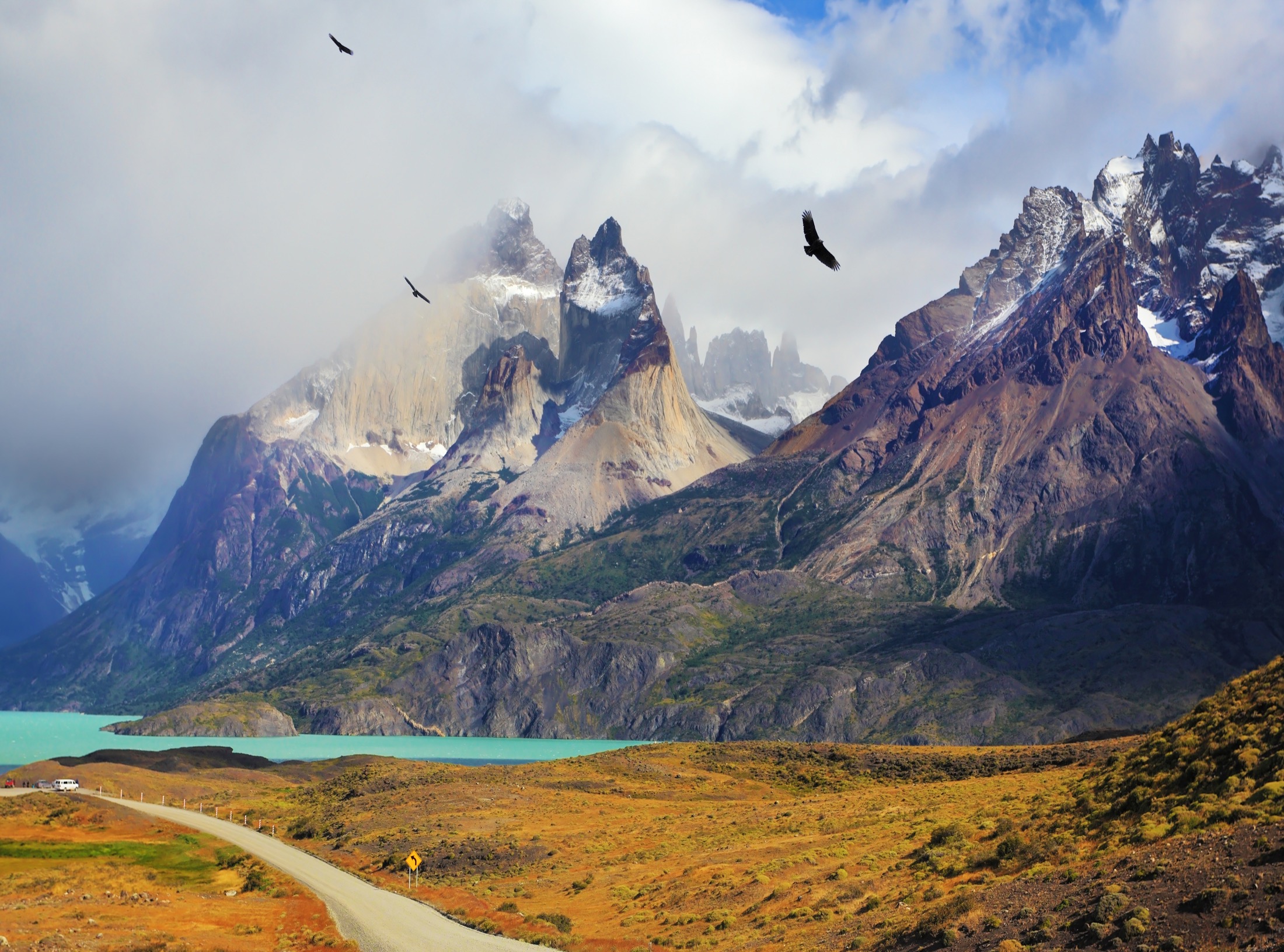
As well as puma you’re also likely to spot some of Patagonia’s birdlife: keep your eyes out for Andean condors circling overhead, Darwin’s rhea on the flat steppes and upland geese in the fields, one of the few bird species where the males and females are equally beautiful.
Recommended accommodation:
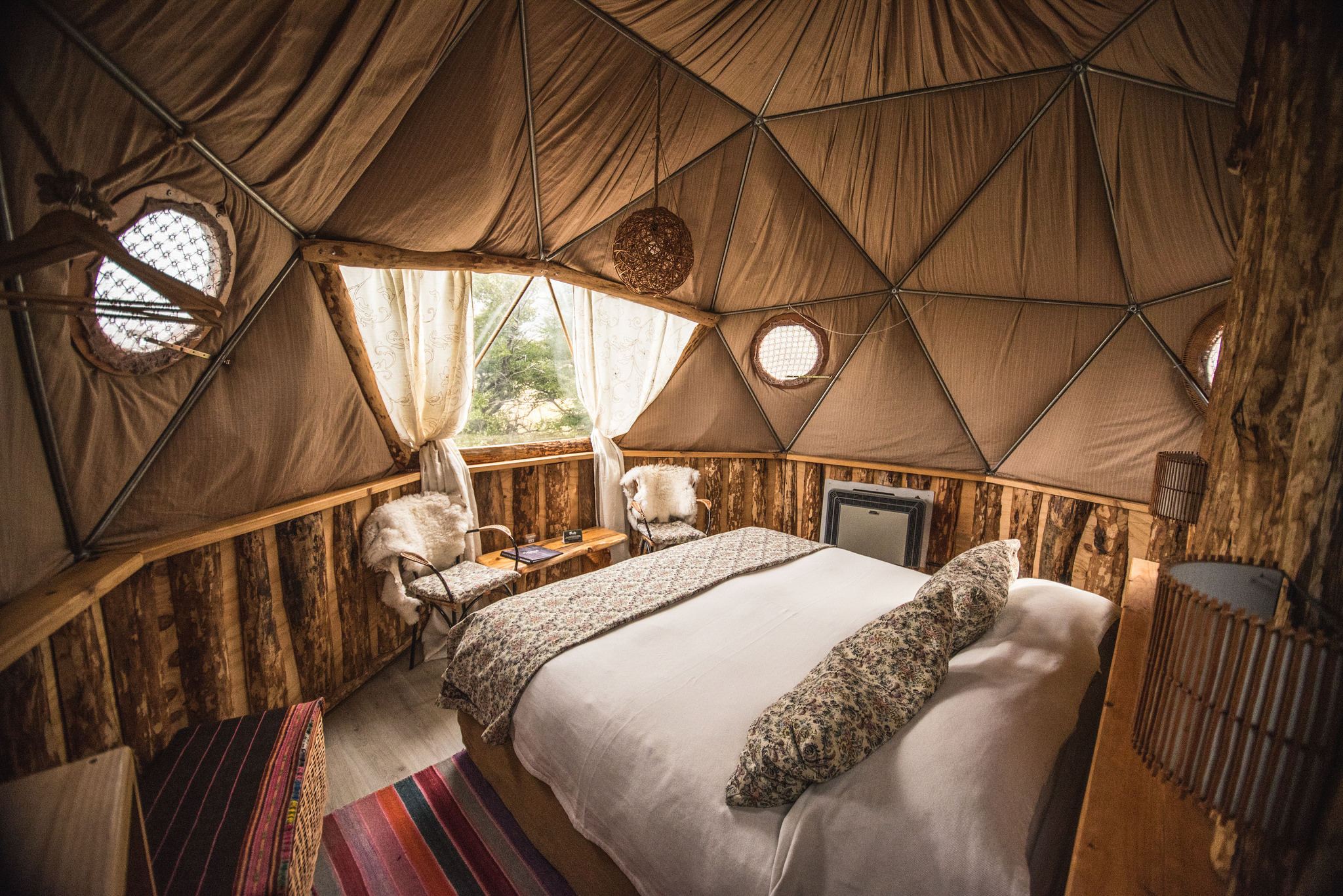
Ecocamp has become quite famous thanks to its quirky dome tents, inspired by the dwellings of Patagonia’s indigenous peoples. Snugly furnished and decorated with fallen tree branches, it’s the perfect place to feel in harmony with nature. Ecocamp takes this feeling a step further with its sustainable design, each dome coming with a composting device and solar panel. Thanks to the camp’s location, it’s possible to do all three legs of the famous W Trek as day trips when you base yourself here.
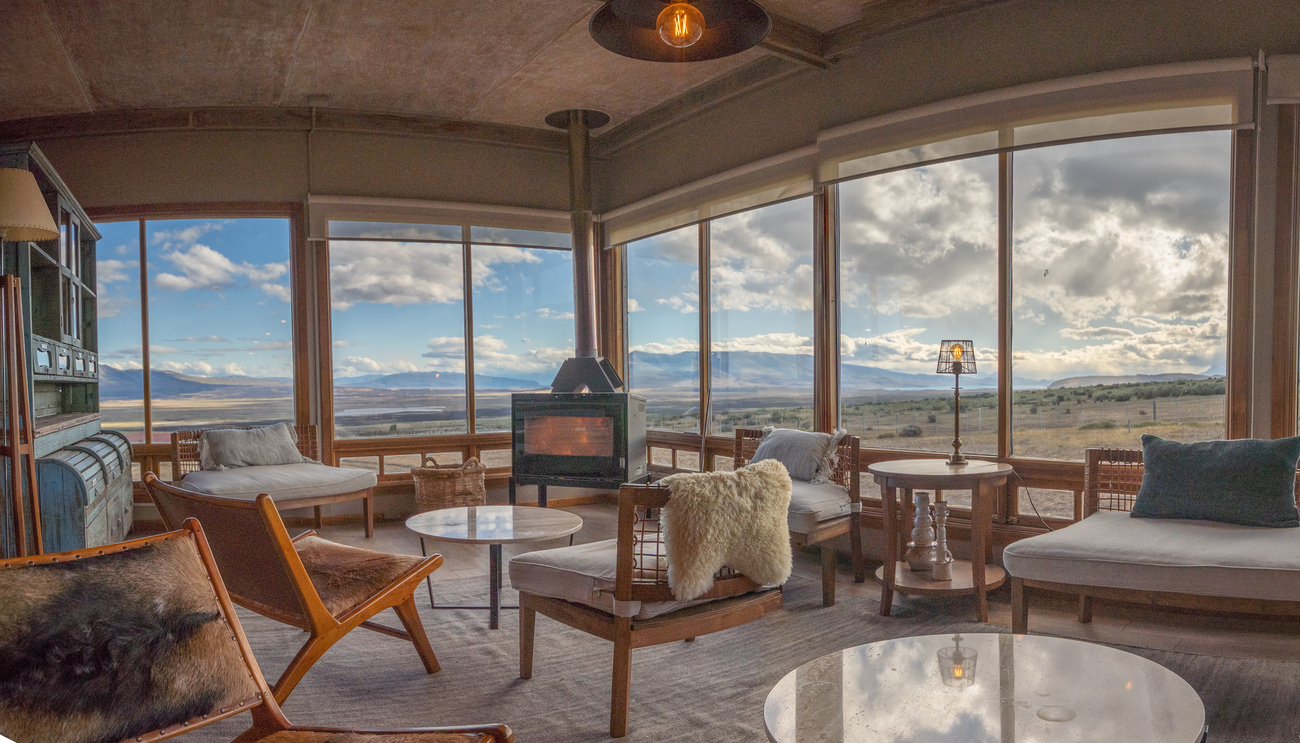
This remote working estancia due east of Torres del Paine offers guests an authentic yet exclusive experience. The estancia itself covers an area the size of Santiago and offers a wide range of excursions on foot, horseback or 4x4. The cosy common area with its floor—to-ceiling windows and rooms with original English style make this the perfect place to while away the quiet hours, as the gauchos get to work on the steppes just outside.
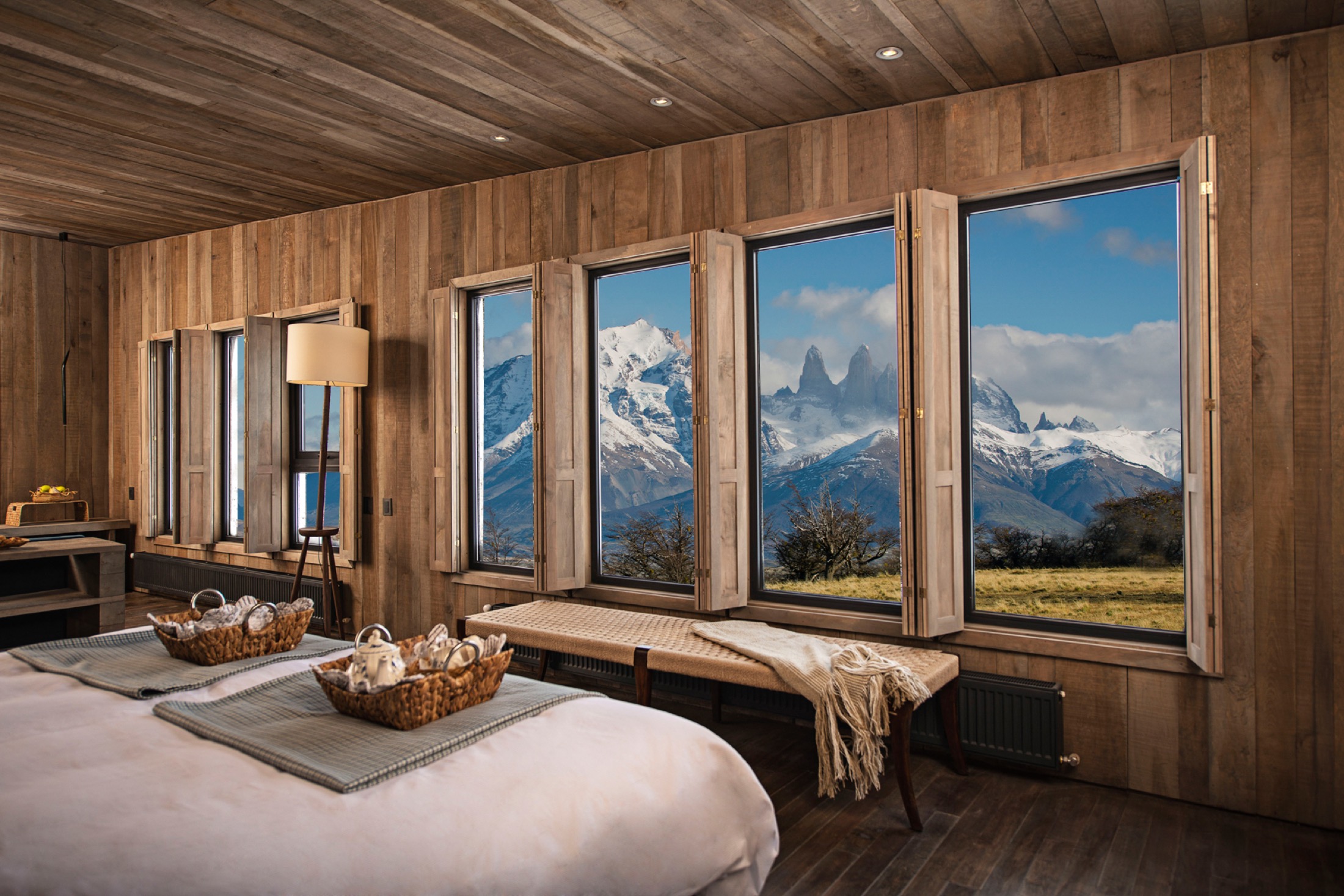
Run by the prestigious Relais & Châteaux, Awasi Patagonia is an expertly-crafted melange of five-star finery and Patagonia’s pioneering heydays, both in its minimalist interior design and its top-class cuisine sourced from local ingredients. The best thing about staying here however is that each room gets its own guide and 4x4 vehicle, and this property has a whole private reserve to explore.
Tailor-made holidays
Flexible, custom-made holidays to Latin America created to match your exact requirements: our tailor-made itineraries are as unique as the clients for whom they are designed.
Design my tripPapagaio
Your edit for Latin American inspiration
Our exciting range of articles on Latin America explore everything from iconic destinations and lesser-known cultural gems to delicious traditional recipes. You’ll also find exclusive travel tips, first-hand client reviews and the chance to get your personal questions answered by our travel experts.
View Extraordinary Inspiration